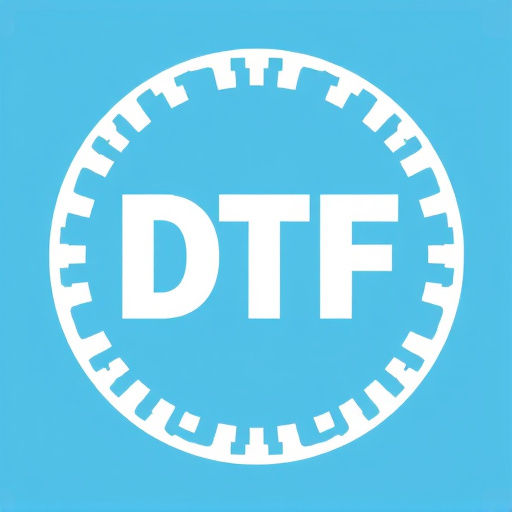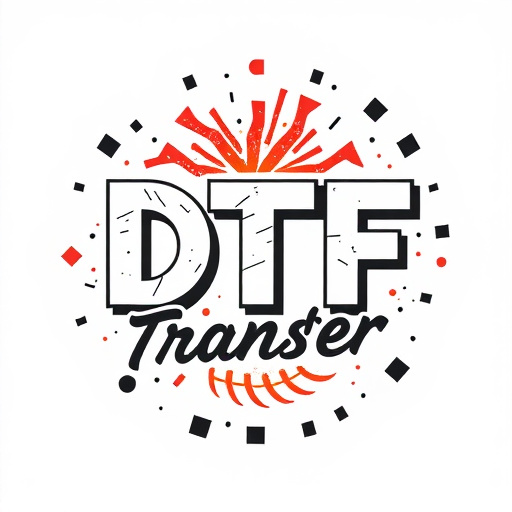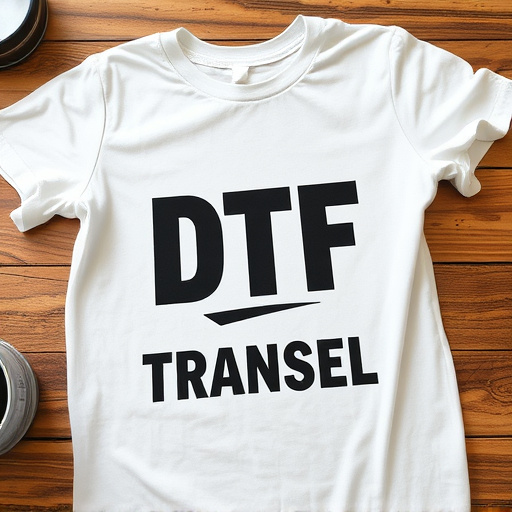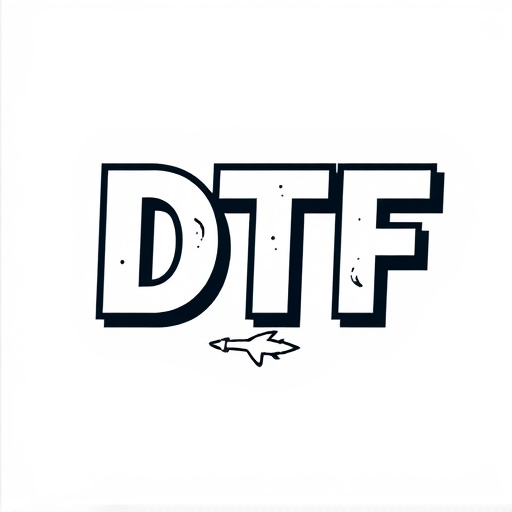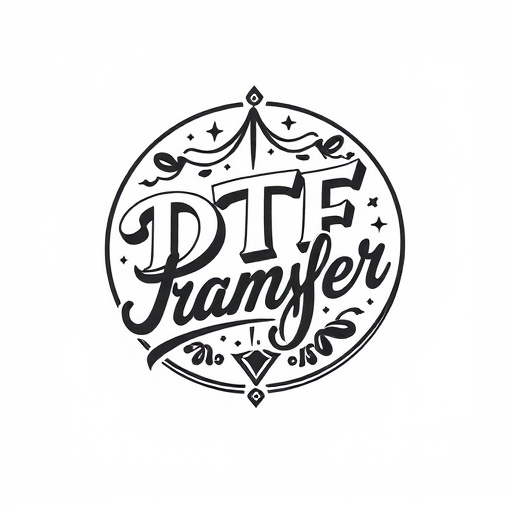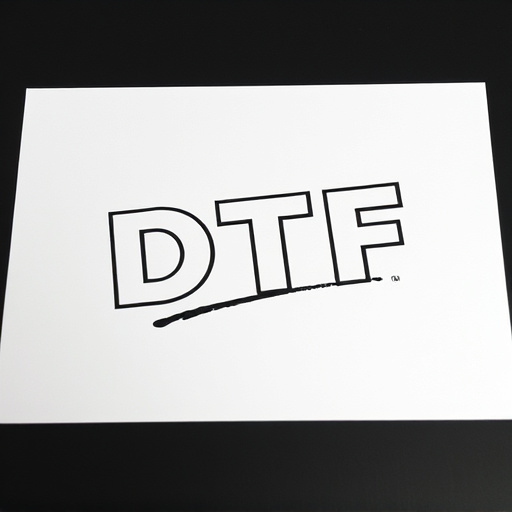Direct to Film (DTF) Transfer technology is reshaping custom printing by enabling multi-design transfer sheets for diverse materials like textiles and plastics. DTF Printing offers precise, high-quality prints with intricate details and vibrant colors, streamlining production and reducing costs. This method is suitable for clothing customization, signage, crafting, and more. Using DTF transfers allows businesses and hobbyists to produce on-demand custom designs with minimal waste and environmental impact. The process involves designing or sourcing images, printing them onto transfer sheets, cutting them precisely, and fusing them onto fabric using heat. High-quality materials ensure strong adhesion and accurate color reproduction for long-lasting prints across various applications.
Discover the future of custom printing with DTF (Direct to Film) Transfer technology. This innovative service empowers customers to create multi-design transfer sheets, opening a world of possibilities for personalized and on-demand printing. In this article, we explore how DTF works, its numerous benefits, and guide you through the process of designing your own DTF sheets. Learn about optimal material choices and real-world applications, as DTF Transfer revolutionizes various industries with its versatility and high-quality prints.
- Understanding DTF Transfer: A Revolution in Custom Printing
- How DTF Works: Unlocking Endless Design Possibilities
- The Benefits of Using Multi-Design Transfer Sheets
- Creating Your Own DTF Designs: A Step-by-Step Guide
- Choosing the Right Materials for Optimal DTF Prints
- Real-World Applications: Where DTF Transfer is Making Waves
Understanding DTF Transfer: A Revolution in Custom Printing
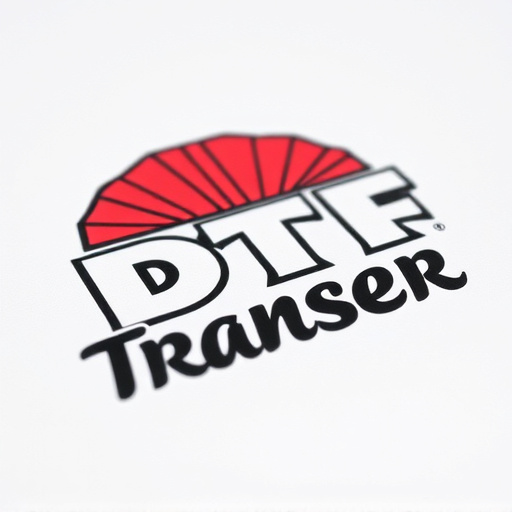
The world of custom printing has seen a significant evolution with the advent of DTF (Direct to Film) Transfer technology. This innovative process revolutionizes the way customers create and personalize their designs, offering an array of options for unique prints. Unlike traditional methods, DTF Printing allows direct application of graphics onto various materials, such as textiles, plastics, and more. By enabling designers and businesses to produce multi-design transfer sheets, it opens doors to endless creative possibilities.
With DTF Transfer, customers can effortlessly transform their ideas into tangible products. The technology ensures precise, high-quality prints, allowing for intricate details and vibrant colors. This method streamlines the production process, making it efficient and cost-effective. Whether for clothing customization, signage, or crafting, DTF Prints offer a versatile and accessible way to bring designs to life.
How DTF Works: Unlocking Endless Design Possibilities
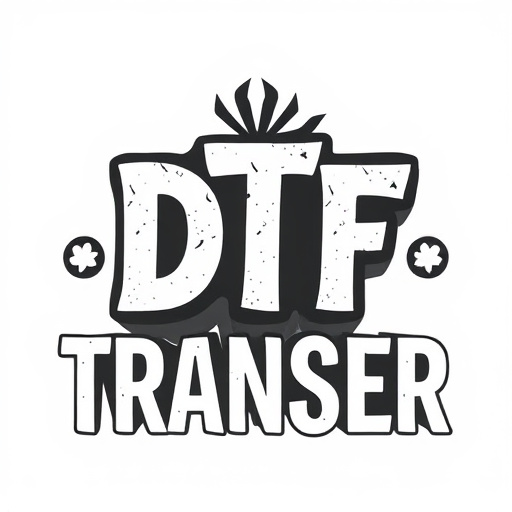
The DTF (Direct to Fabric) transfer process is a revolutionary method that unlocks an unparalleled realm of design possibilities for customers. It allows them to create multi-design transfer sheets, enabling intricate and personalized patterns on various fabric types. This technology streamlines the printing process by directly applying designs onto the fabric without the need for traditional screen printing or complex set-up procedures.
With DTF Transfer, customers can easily upload their artwork, whether it’s a simple graphic or a complex illustration, and have it converted into a printable format. The DTF prints are then precisely transferred onto fabrics, ensuring vibrant colors and crisp details. This innovative approach caters to both small-scale hobbyists wanting to personalize their garments and large-scale businesses looking to create custom fabric designs on demand, fostering efficiency and flexibility in the textile industry.
The Benefits of Using Multi-Design Transfer Sheets
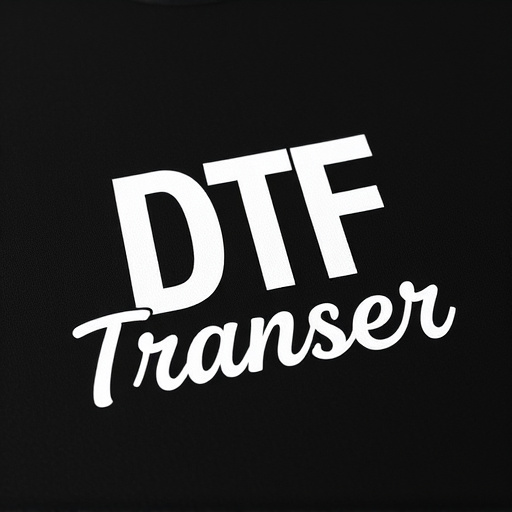
Using multi-design transfer sheets, like DTF (Direct to Fabric) transfers, offers a multitude of advantages for both businesses and customers in the printing industry. One of the key benefits is its versatility; with a single sheet, users can create multiple designs, streamlining production processes and reducing waste. This not only saves time but also lowers costs, making it an attractive option for small businesses or startups looking to launch their clothing lines or custom merchandise.
Additionally, DTF Printing provides high-quality prints that are durable and vibrant, ensuring the final products look as good as intended. The technique allows for intricate details and precise color reproduction, perfect for complex designs and logo markings. Moreover, it’s an eco-friendly method as it minimizes ink usage and waste compared to traditional printing methods, contributing to a greener production process.
Creating Your Own DTF Designs: A Step-by-Step Guide
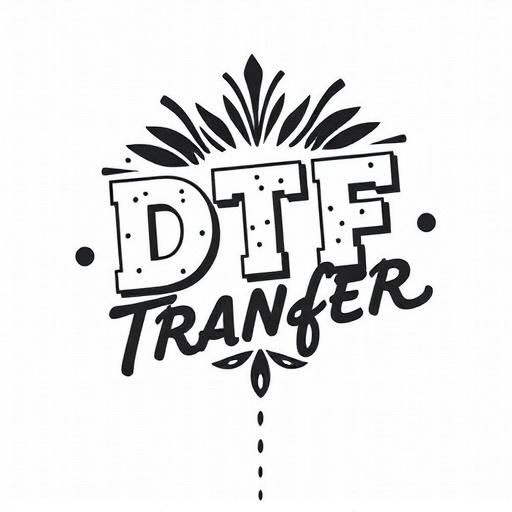
Creating your own DTF (Direct to Fabric) designs is an exciting process that allows for endless customization and creativity. Here’s a simple step-by-step guide to help you bring your ideas to life. First, gather your materials: high-quality fabric, DTF transfer sheets, and a DTF printer. Ensure your work area is well-lit and organized.
Start by designing or sourcing the image or pattern you wish to print. You can create your design digitally using specialized software or find inspiration from various online resources. Once your design is ready, adjust it according to the size requirements for your chosen fabric. Print the design onto a DTF transfer sheet, ensuring the settings are correct for optimal quality. After printing, carefully cut out the design, taking care not to damage the emulsion layer of the transfer sheet. Now, place the design face-down on the prepared fabric and apply heat with an iron or a heat press to fuse the design onto the fabric, creating stunning DTF prints.
Choosing the Right Materials for Optimal DTF Prints

When creating multi-design transfer sheets with DTF (Direct to Film) technology, selecting the appropriate materials is key to achieving optimal prints. The first step involves choosing the right type of film for your DTF transfer sheets. This film should be durable and capable of adhering strongly to various surfaces while still allowing for precise design placement. Look for high-quality, heat-transfer films designed specifically for DTF printing, as they offer superior performance compared to standard vinyl or fabric materials.
The substrate you choose for your designs also plays a significant role in the final print quality. For DTF prints, it’s recommended to use inkjet paper or special transfer paper with a smooth finish and good absorption properties. This ensures that the inks bond well and reproduce colors accurately. Additionally, consider factors like thickness and flexibility to match the surface you plan to apply the transfer to, ensuring a crisp and long-lasting result.
Real-World Applications: Where DTF Transfer is Making Waves
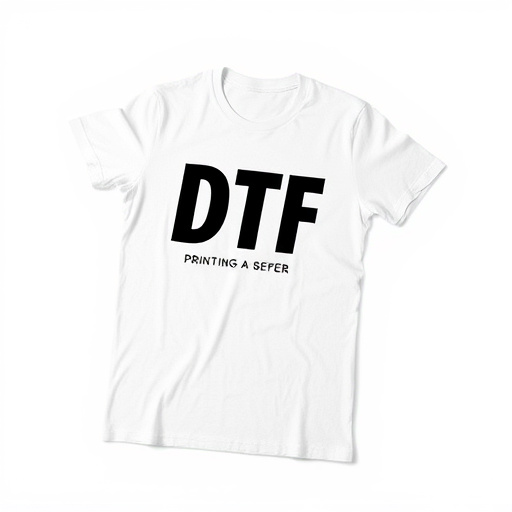
In various industries, the DTF Transfer (Direct to Fabric) technology is rapidly gaining traction due to its versatility and efficiency in DTF Printing. This innovative method allows for the creation of custom designs on a variety of fabrics, from clothing to home textiles. Fashion designers and small businesses are leveraging DTF Prints to bring unique, personalized products to market quickly, catering to diverse consumer preferences.
Beyond fashion, DTF Transfer finds applications in promotional merchandise, where companies create branded apparel and accessories for events and campaigns. Its ability to produce high-quality, detailed designs on demand makes it an attractive option for businesses seeking cost-effective solutions without compromising on aesthetics. This technology is also making waves in the world of art and craft, empowering individuals to transform their creative visions into tangible, wearable art.
